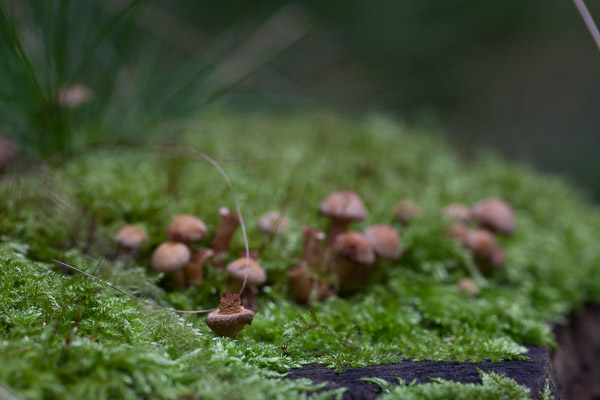Stacking if Photoshop fails II
In the first part of this article we had a closer look on Zerene Stacker as a specialized software tool and today we’ll take a look on Helicon Focus.
Introducation
I already mentioned in the first part that sometimes on complex stacks Photshop fails to combine the base images regardless id the stack was done using a macro rail or via software like DSLRController. In the first [post id=1298]part[/post] we took a look on Zerene Stacker, today we’ll check Helicon Focus.
The software is available for Windows and Mac OS X and of course in 64-Bit versions..
Starting position
Here is the first image of a stacking series consisting of 15 images
The unusable results from Photoshop or Enfuse doing the stack i posted in the first [post id=1298]part[/post] of the article.
The software
First of all you have to load the base images intoHelicon Focus :
After loading the base images into the software you just try to hit render to caculate the the image with default values.
Helicon walks thru the base images and displays the finished image which can be saved to your harddrive. Even though the base images were captured under pretty bad conditions the resulting image rendered with default values looks very good.
And this image is very good keeping in mind that Photoshop or Enfuse couldn’t stack the images properly..
Stacking methods
Helicon Focus offers 3 stacking methods to support different requirements. Method A supports stacks consisting of a small number of base images and no or very little difference in the objects surface. Stacks with a large number of base images should e done by method C, even though this mehtod will increase contrast. Helicon offers a web page which lists the pros and cons of the different methods in a table overview. Since i do a lot of stacks with mushrooms with 10-50 base images method A should probably the best for my stacks. Just for a try i run thru the stack will all methods.
There is a little bit of contrast increase recognizable in method C, but in my imagine the increase would be greater, but maybe this depends on the object too.
Naturally Helicon Focus does a good job on stacking in [post id=678]landscape photography[/post]
Further options
Helicon Focus supports image retouching but this needs a Pro or a Premium license, just like Helicon Remote. An app for iOS or Android requires a Premium license, which also offers a Lightroom plugin to handle over the base images to Helicon and automatically import the finished image.
Helicon supports a Stackshot automatic macro rail.
Conclusion
Both tools have similar capabilities, so i don’t know which one to choose. Mabye you should make a decision based on your workflow.
In any case you should make use the 30-day trials, which are offered by the tools, so can extensivly test the programs and make your decision .
Why not place your pratical knowledge into the comments, especially if you have experiences with both tools.
ciao tuxoche




